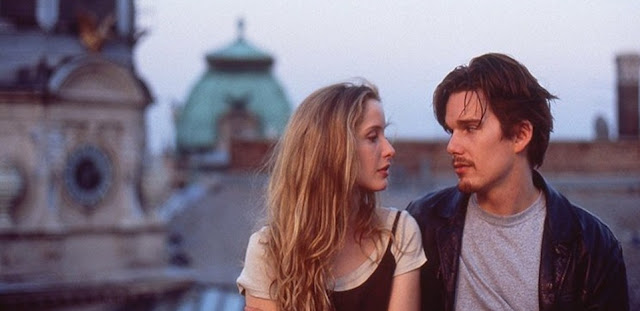Building Communities: Artists Villages In India
“Art is not what you see, but what you make others see.” ― Edgar Degas

1. Andretta, Himachal Pradesh-
Andretta Pottery and Crafts Society is the meeting place for artists and hobbyists who sign up for courses, spend their holidays amidst art and make sure to return every year. The place has home-stays, hotels and rent-ins for visitors. Today 3-week long residential courses are organised there to teach world-class pottery to serious students.
Andretta came into existence when a young Irish woman named Norah Richards arrived there on horseback sometime in 1920s, made herself a mud house, and invited Punjabi Theatre amateurs and professionals to perform plays there. Despite its remote location, it saw a steadily growing influx of serious theatre artists, painters, ceramists and potters over the years. Norah established a school of drama too. Famous sculptors and poets settled there for the artistic environment that it offered.
2. Cholamandal Village, Chennai-
An autonomous village, it is credited as India’s largest self- supporting artist’s village. Majority of the residents here are sculptors but the village is dedicated to multiple art forms. It is acclaimed as one of the most successful and surviving art communities in the world.
The village is named after the ancient Chola Kings who were great patrons of art. Sometime in 1965 the legendary painter K.C.S Panikar and a few like minded artists set up their studios and started living in this remote area along the sandy beaches of Bay Of Bengal. It gave rise to the Madras Movement of Art, which today has successfully given a lifeline to the contemporary Indian Art.
This art village has already earned reputation world over and is a major tourist attraction.
3. Bishnupur, West Bengal-
Bishnupur, a little town in the Bankura district of West Bengal, has derived its name from the Hindu god 'Vishnu' and is rather known as 'A Land of Terracotta Temples'. Rasmancha, Jorbangla Temple, Madanmohan temple, Madangopal temple, Sridhara temple, and Radhe Govind temple are well known for their intricate craftmanship, being made only with mud and terracotta. These temples were made during the Malla Era- the reign by a dynasty of wrestlers.
The place is well known for its intricate terracota work, especially the mini horses (Bankura Horse). Jewellery, artifacts and pottery pieces are famous here. Art historians and tourists visit their factories to get a glimpse of what it takes to have the finished product.
4. Raghurajpur, Odisha-
The 300 or so artisans living here are masters in ‘Patachitra’- an art-form that dates back to 5 BC. They paint mythological tales, picture stories, legends related to the Jagannath Culture, etc. with bright homemade colors on scrolls or palm leaves. They also paint coconut shells, make masks, create wood carvings and stone sculptures for home decor. This village has earned the name of ‘heritage village’. Here art is the livelihood of the residents and a way of life.
5. Pochampally, Telengana-
A cluster of about 80 villages, Pochampally has some of the India’s most ancient handloom centres and weavers practicing the centuries old art patterns and designs. It has a rich heritage of Ikkat, the intricate geometric designs on sarees, weaving, tie-dye process.
Pochampally is not just the name of a type of handloom, but the name of a village.
Is there any other artists' village that you know of, ever been to and would like to recommend to art enthusiasts? Do tell in the comments below.










Comments
Post a Comment